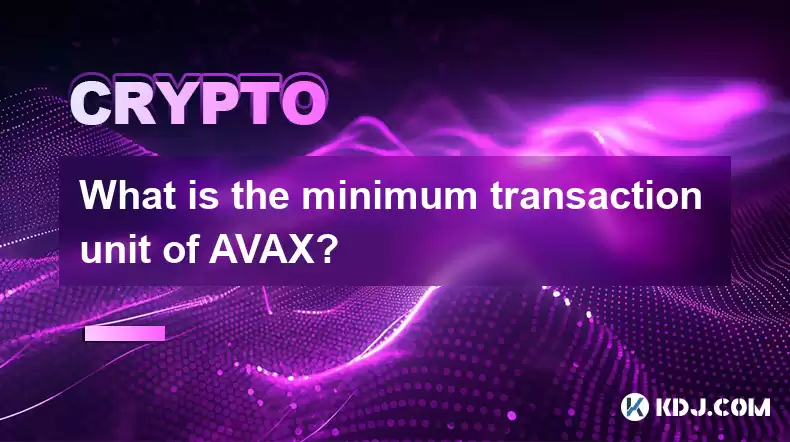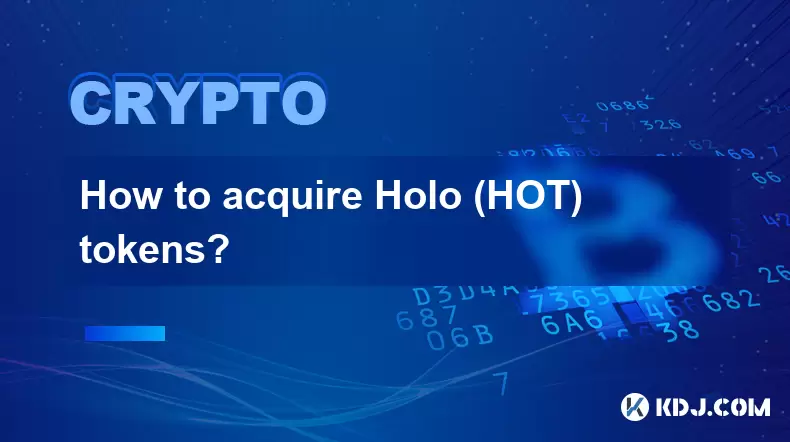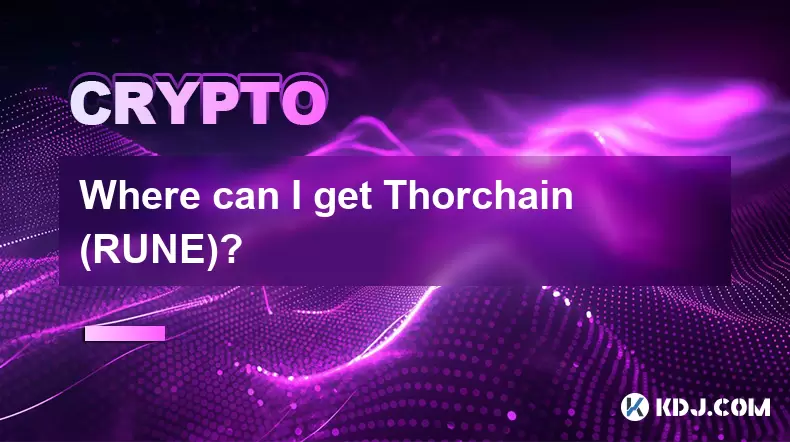-
 Bitcoin
Bitcoin $117500
2.15% -
 Ethereum
Ethereum $3911
6.19% -
 XRP
XRP $3.316
10.79% -
 Tether USDt
Tether USDt $1.000
0.01% -
 BNB
BNB $787.2
2.24% -
 Solana
Solana $175.2
4.15% -
 USDC
USDC $0.9999
0.00% -
 Dogecoin
Dogecoin $0.2225
8.40% -
 TRON
TRON $0.3383
0.28% -
 Cardano
Cardano $0.7868
6.02% -
 Stellar
Stellar $0.4382
9.34% -
 Hyperliquid
Hyperliquid $40.92
7.56% -
 Sui
Sui $3.764
7.63% -
 Chainlink
Chainlink $18.48
10.66% -
 Bitcoin Cash
Bitcoin Cash $582.1
1.88% -
 Hedera
Hedera $0.2601
6.30% -
 Avalanche
Avalanche $23.33
4.94% -
 Ethena USDe
Ethena USDe $1.001
0.02% -
 Litecoin
Litecoin $122.3
2.04% -
 UNUS SED LEO
UNUS SED LEO $8.969
-0.27% -
 Toncoin
Toncoin $3.339
0.86% -
 Shiba Inu
Shiba Inu $0.00001287
4.30% -
 Uniswap
Uniswap $10.43
7.38% -
 Polkadot
Polkadot $3.861
5.08% -
 Dai
Dai $1.000
0.02% -
 Bitget Token
Bitget Token $4.513
3.41% -
 Monero
Monero $267.7
-6.18% -
 Cronos
Cronos $0.1499
4.14% -
 Pepe
Pepe $0.00001110
5.15% -
 Aave
Aave $284.9
8.28%
What is the minimum transaction unit of AVAX?
The minimum transaction unit of AVAX, nanoAVAX, enables precise, efficient transactions on the Avalanche network, crucial for microtransactions and smart contract interactions.
Apr 19, 2025 at 01:08 pm

The minimum transaction unit of AVAX, the native cryptocurrency of the Avalanche blockchain, plays a crucial role in understanding how transactions are processed and managed within the network. In this article, we will delve into the specifics of this minimum transaction unit, its significance, and how it impacts users and developers working with AVAX.
Understanding AVAX and Its Role in the Avalanche Ecosystem
AVAX is the native token of the Avalanche blockchain, a high-performance, scalable blockchain platform designed for decentralized applications (dApps) and enterprise blockchain deployments. AVAX serves multiple functions within the ecosystem, including paying for transaction fees, participating in governance, and staking to secure the network. Understanding the minimum transaction unit of AVAX is essential for users and developers to effectively manage and interact with the Avalanche network.
What is the Minimum Transaction Unit of AVAX?
The minimum transaction unit of AVAX is known as the nanoAVAX. One nanoAVAX is equivalent to 0.000000001 AVAX. This unit is crucial because it determines the smallest amount of AVAX that can be sent or received in a single transaction on the Avalanche network. The use of such a small unit allows for precise and flexible transactions, which is particularly important for microtransactions and smart contract interactions.
The Importance of the Minimum Transaction Unit
The minimum transaction unit of AVAX, or nanoAVAX, is significant for several reasons. Firstly, it enables the network to handle transactions with high precision, which is essential for applications that require small payments or rewards. Secondly, it helps in maintaining the efficiency of the blockchain by allowing for the processing of a large number of transactions without consuming excessive computational resources. Lastly, the use of nanoAVAX ensures that the network remains accessible and usable for a wide range of applications, from large-scale financial transactions to small, everyday interactions.
How to Handle Transactions with nanoAVAX
Handling transactions with nanoAVAX requires understanding how to convert between AVAX and nanoAVAX, as well as how to set up and execute transactions. Here is a detailed guide on how to manage transactions with nanoAVAX:
- Convert AVAX to nanoAVAX: To convert AVAX to nanoAVAX, you multiply the amount of AVAX by 1,000,000,000. For example, if you have 1 AVAX, it equals 1,000,000,000 nanoAVAX.
- Convert nanoAVAX to AVAX: Conversely, to convert nanoAVAX to AVAX, you divide the amount of nanoAVAX by 1,000,000,000. For instance, 1,000,000,000 nanoAVAX equals 1 AVAX.
- Setting Up a Transaction: When setting up a transaction, you need to specify the amount in nanoAVAX. Ensure that the amount you enter is at least the minimum transaction unit of 1 nanoAVAX.
- Executing a Transaction: Once the transaction amount is set in nanoAVAX, you can proceed with the transaction. This involves signing the transaction with your private key and broadcasting it to the Avalanche network.
Practical Examples of Using nanoAVAX
To illustrate the practical use of nanoAVAX, consider the following examples:
- Microtransactions: A content creator on a decentralized platform might receive tips in the form of nanoAVAX. For example, a user might tip 100 nanoAVAX, which is equivalent to 0.0000001 AVAX, for a piece of content they enjoy.
- Smart Contract Interactions: In a decentralized application, a smart contract might require users to pay a small fee in nanoAVAX to access certain features. For instance, a user might need to pay 500 nanoAVAX to participate in a voting system within the dApp.
- Staking Rewards: Staking on the Avalanche network involves earning rewards in AVAX. These rewards can be distributed in nanoAVAX to allow for more precise and frequent payouts. For example, a staker might receive 1,000 nanoAVAX as a daily reward.
Technical Considerations for Developers
Developers working with the Avalanche network need to be aware of the minimum transaction unit when designing and implementing smart contracts and dApps. Here are some technical considerations:
- Gas Costs: The gas costs associated with transactions on the Avalanche network are typically measured in nanoAVAX. Developers need to ensure that their smart contracts and dApps account for these costs accurately.
- Precision in Calculations: When performing calculations within smart contracts, developers must use data types that support the precision required for nanoAVAX. This ensures that transactions and calculations are accurate and reliable.
- User Experience: Ensuring that users understand and can easily work with nanoAVAX is crucial for the user experience. Developers should provide clear interfaces and tools that help users convert between AVAX and nanoAVAX seamlessly.
Impact on Network Performance
The use of nanoAVAX as the minimum transaction unit has a direct impact on the performance and scalability of the Avalanche network. By allowing for transactions to be processed at a very granular level, the network can handle a high volume of transactions efficiently. This granularity also supports the development of applications that require frequent, small transactions, which can enhance the overall utility and adoption of the Avalanche ecosystem.
Frequently Asked Questions
Q: Can I send less than 1 nanoAVAX in a transaction?
A: No, the minimum transaction unit on the Avalanche network is 1 nanoAVAX. Any transaction must be at least this amount to be processed.
Q: How does the use of nanoAVAX affect transaction fees?
A: Transaction fees on the Avalanche network are typically very low and are calculated based on the amount of nanoAVAX used. The precise nature of nanoAVAX allows for minimal fees even for very small transactions.
Q: Is it possible to convert nanoAVAX to other cryptocurrencies directly?
A: While you cannot directly convert nanoAVAX to other cryptocurrencies, you can convert AVAX to other cryptocurrencies on various exchanges. You would first need to convert your nanoAVAX to AVAX before proceeding with the exchange.
Q: Are there any tools available to help manage nanoAVAX transactions?
A: Yes, several wallet and blockchain explorer tools support the Avalanche network and provide features to manage nanoAVAX transactions. These tools often include conversion calculators and transaction history views to help users manage their nanoAVAX effectively.
Disclaimer:info@kdj.com
The information provided is not trading advice. kdj.com does not assume any responsibility for any investments made based on the information provided in this article. Cryptocurrencies are highly volatile and it is highly recommended that you invest with caution after thorough research!
If you believe that the content used on this website infringes your copyright, please contact us immediately (info@kdj.com) and we will delete it promptly.
- Stablecoins, Hong Kong, and On-Chain Finance: Navigating the Regulatory Maze
- 2025-08-08 12:30:12
- Tron's Sell-Off Spurs Altcoin Shift: What's Next for TRX?
- 2025-08-08 08:30:12
- Euler, DeFi, and Coinbase: A New York Minute on the Latest Buzz
- 2025-08-08 12:30:12
- RUVI Presale: Is the Growth Potential Real?
- 2025-08-08 09:10:12
- Sleep Token's US Takeover: Thornhill Rides the 'Even In Arcadia' Wave
- 2025-08-08 08:30:12
- FTT Token's Wild Ride: Creditor Repayments vs. Market Drop - A New Yorker's Take
- 2025-08-08 07:10:12
Related knowledge

Where can I buy UMA (UMA)?
Aug 07,2025 at 06:42pm
Understanding UMA and Its Role in Decentralized FinanceUMA (Universal Market Access) is an Ethereum-based decentralized finance (DeFi) protocol design...

Where can I purchase Siacoin (SC)?
Aug 08,2025 at 11:14am
Understanding Siacoin (SC) and Its Role in the Sia NetworkSiacoin (SC) is the native cryptocurrency of the Sia decentralized cloud storage platform, a...

Where can I buy OMG Network (OMG)?
Aug 08,2025 at 12:57pm
Understanding OMG Network (OMG) and Its PurposeThe OMG Network, originally known as OmiseGO, is a layer-2 scaling solution built on the Ethereum block...

What exchanges support buying IOTA (MIOTA)?
Aug 07,2025 at 09:58pm
Understanding the Role of Private Keys in Cryptocurrency SecurityIn the world of cryptocurrency, private keys are the cornerstone of ownership and con...

How to acquire Holo (HOT) tokens?
Aug 08,2025 at 05:56am
Understanding Holo (HOT) and Its EcosystemHolo (HOT) is a cryptocurrency token associated with the Holo ecosystem, which is built on the Holochain fra...

Where can I get Thorchain (RUNE)?
Aug 08,2025 at 08:07am
Understanding the Role of Seed Phrases in Cryptocurrency WalletsA seed phrase, also known as a recovery phrase or mnemonic phrase, is a critical compo...

Where can I buy UMA (UMA)?
Aug 07,2025 at 06:42pm
Understanding UMA and Its Role in Decentralized FinanceUMA (Universal Market Access) is an Ethereum-based decentralized finance (DeFi) protocol design...

Where can I purchase Siacoin (SC)?
Aug 08,2025 at 11:14am
Understanding Siacoin (SC) and Its Role in the Sia NetworkSiacoin (SC) is the native cryptocurrency of the Sia decentralized cloud storage platform, a...

Where can I buy OMG Network (OMG)?
Aug 08,2025 at 12:57pm
Understanding OMG Network (OMG) and Its PurposeThe OMG Network, originally known as OmiseGO, is a layer-2 scaling solution built on the Ethereum block...

What exchanges support buying IOTA (MIOTA)?
Aug 07,2025 at 09:58pm
Understanding the Role of Private Keys in Cryptocurrency SecurityIn the world of cryptocurrency, private keys are the cornerstone of ownership and con...

How to acquire Holo (HOT) tokens?
Aug 08,2025 at 05:56am
Understanding Holo (HOT) and Its EcosystemHolo (HOT) is a cryptocurrency token associated with the Holo ecosystem, which is built on the Holochain fra...

Where can I get Thorchain (RUNE)?
Aug 08,2025 at 08:07am
Understanding the Role of Seed Phrases in Cryptocurrency WalletsA seed phrase, also known as a recovery phrase or mnemonic phrase, is a critical compo...
See all articles

























































































